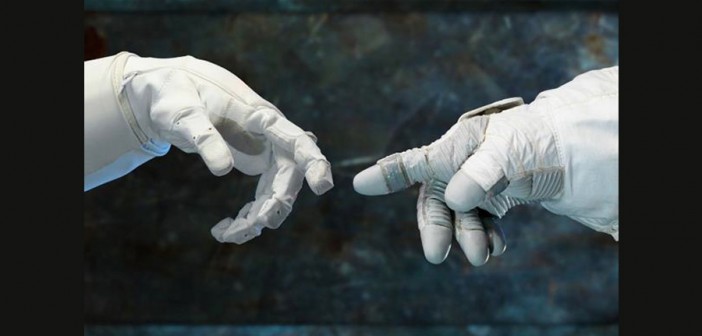We are all constantly trying to look into the future and predict the next big trend. It is often easier said than done, but below are five key predictions that Helen McRae, chief executive of Mindshare UK, believes brands, agencies and publishers need to take notice of – and potentially adopt within their company – throughout 2016.
Rise of the machines
At Mindshare, we believe 2016 is when this area will come of age, with AI-driven, autonomous agents – able to make decisions and suggestions on our behalf – beginning to play a walk-on role in many areas of everyday life.
And let’s not forget many of the big media-owners are making significant investment in this space. Facebook has an AI research unit specialising in deep learning and is now developing technologies that analyse videos, help answer questions and identify people and objects in images. Google has similarly been using AI to help the company understand what is going on in videos, images and speech.
So let’s not panic and start hiding under our desks, let’s embrace AI and use it to our advantage. All brands, products and services will need to connect with customers, so we all need to learn how to behave in this changing environment.
Now Culture
In a world where consumers are demanding everything now, timing is critical for brands and marketers. Consumers are interacting with brands for shorter periods of time, across multiple platforms and are expecting different levels of brand engagement.
Understanding the consumer journey will be key and means having the right data strategy in place. However, implementing that on the spot to positive effect in the face of impatient consumers can often be a challenge.
From an advertising perspective, communications should be primed around all possible journey outcomes and be adaptive, reactive, contextual, time-sensitive and, crucially, in the right place at the right time – delivering the right messages to the right consumer.
Once you provide instant, there is no going back. But consumers will be more susceptible to switching in this culture of ‘now’, so take advantage of this rather than suffer as a consequence.
Proximity 2.0
Proximity marketing is nothing new, but as technology becomes increasingly advanced in 2016, it will allow us to profile and interact with consumers in many new and exciting ways, moving this area of marketing into a new space – that of Proximity 2.0.
Not only will the development of beacons continue, but we can also expect to see wearables adding new layers of complexity and refinement, with biometric data potentially playing a big part. The spread of public Wi-Fi and advances in mobile network technology also help brands to deliver a more immersive and personalised experience.
However, no matter how pertinent the data is and how appealing the opportunity for tailored communications seems, it is crucial that we treat location data with respect. Put simply, consumers do not want to be stalked.
Touchy-feely
Brands have always strived to make close emotional connections with their consumers and emerging technologies mean that we are now able to do that, quite literally. Biometric data and sophisticated facial-recognition technology can let us see how you feel, and we can respond with instantly personalised copy and images, with haptic feedback, with light, scent and sound.
But despite the buzz around these new techniques, I don’t believe our industry is ready to embrace this world. We need to change the way we work and we need a new breed of creative talent. We need people who can think from a truly integrated perspective and navigate these techniques, learning when they are appropriate and how to use them. When it comes to people’s emotions, there will always be a ‘treat with caution’ caveat. Many will be concerned with privacy, and sharing their personal information about something as intimate as how they feel might be a step too far for some. With that knowledge comes great responsibility, and all brands should manage it accordingly.
Everyday connects
We’re on the brink of the third wave of computing with wearables and IoT entering the mainstream. The real opportunity area here is through connecting everyday products and creating added-value services for consumers. Everyday connected products will offer the consumer services such as reminders and suggestions – all generating unprecedented levels of usage data and behavioural insight for the marketer.
Whether your fridge tells you it’s time to add milk to the shopping list or your shampoo tells you its running low before a Saturday night out, connecting the physical world means brands can offer richer experiences to their consumers, whether that be in their own spaces or elsewhere.
So what does it all mean?
New technologies and data-management tools are letting brands get even closer to the consumer, their thoughts and feelings. This can be powerful, but it has the potential to scare and repel consumers as much as attract them. Getting the right data and content strategies in place is vital – to ensure that the customer is benefitting, rather than being pestered.



